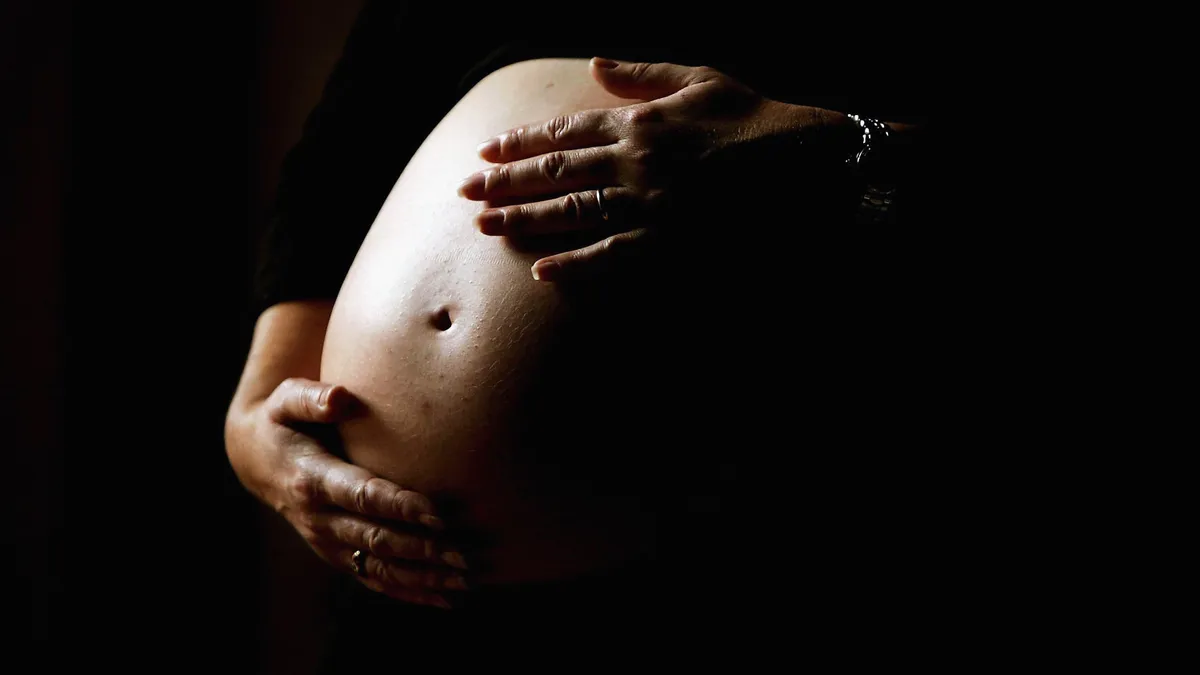Dive Brief:
- A $1 smart glove could reduce stillbirths and maternal deaths in low- and middle-income countries by supporting assessments of the fetal position and force applied to the fetal head, according to a paper published in Frontiers in Global Women’s Health.
- The device consists of a surgical glove with flexible sensors mounted onto the fingertips to measure pressure and force. In a mock vaginal examination, the device detected fetal sutures, or the joints between the bones of the skull, with 100% accuracy.
- Encouraged by the early data, the researchers plan to run clinical trials to show if the device can provide an early warning system for physical impediments to birth.
Dive Insight:
Obstructed labor occurs when the fetus is unable to descend through the birth canal despite strong contractions. All forms of obstructed labor account for 70% of perinatal deaths. The positioning of the fetus is a factor in one-third of those cases. Operative vaginal births can overcome the positioning problems but are dangerous in untrained hands.
Sensor-enabled gloves could help. A team at University College London identified gloves that support the assessment of fetal position and force applied during digital vaginal examination as a way to help address obstructed labor in resource-constrained settings. The team designed the gloves to be thin enough to allow the physician to still sense the fetus through their fingertips.
The result is a surgical glove with sensors integrated using a spray coating. A second, unmodified surgical glove is worn over the smart glove to maintain sterility. The researchers created a mobile app to display data from the sensors in real time.
To test the device, an obstetrician with six years of experience used the glove to examine a model of a fetal head during a mock vaginal examination. Peaks in the sensor signal only crossed a threshold when touching a fetal suture, resulting in 100% sensitivity and specificity in the small preclinical test.
“This is the first glove of its kind that could be used to identify fetal position and therefore may be able to improve labor outcomes,” Shireen Jaufuraully of University College London, lead author on the study, said in a statement. “We hope that with successful clinical translation, the glove may be used worldwide, increasing the safety of assisted vaginal birth.”
The team plans to run clinical trials of the device. If the studies are successful, the device could be used in vaginal examinations in the real world and as a training tool for clinicians in low-resource regions.










